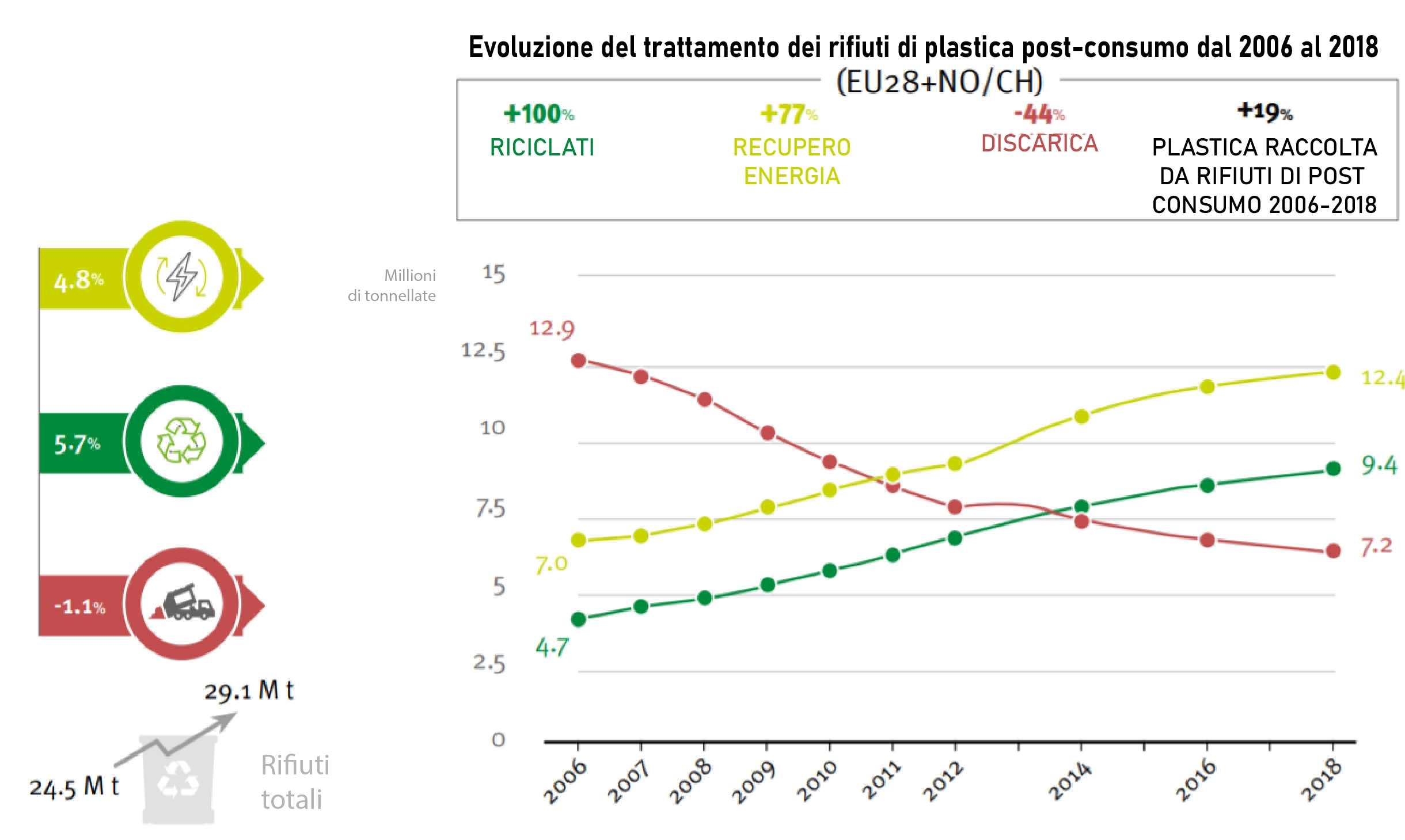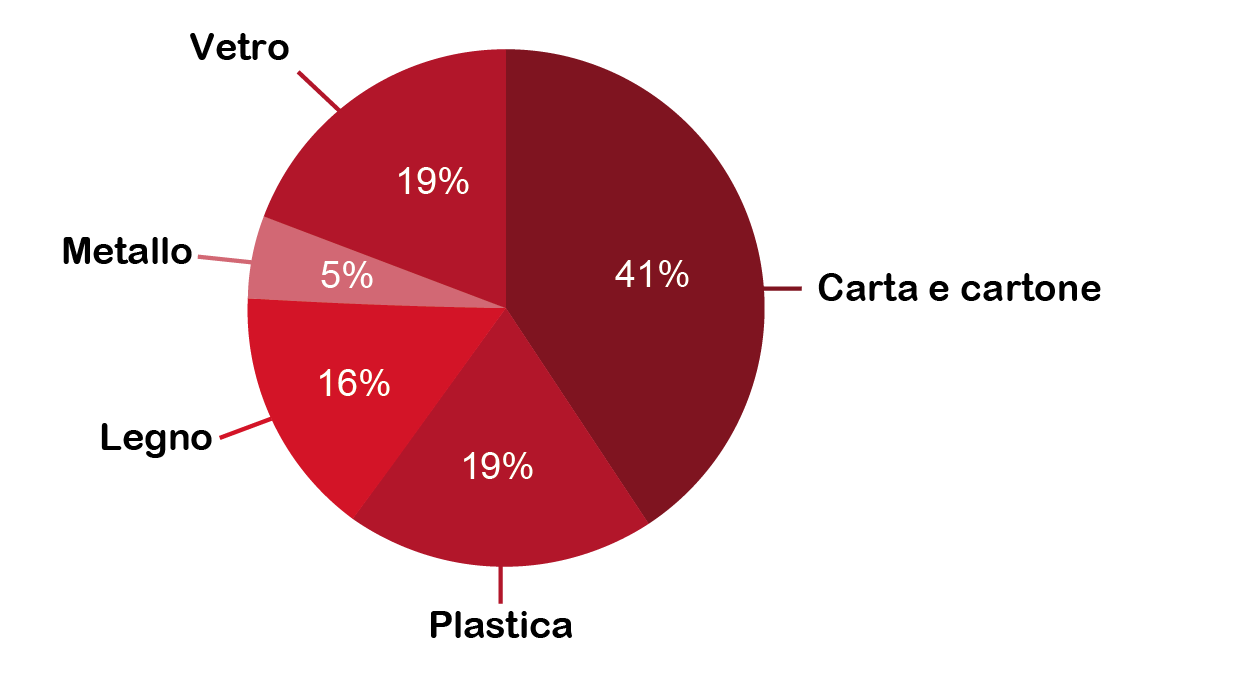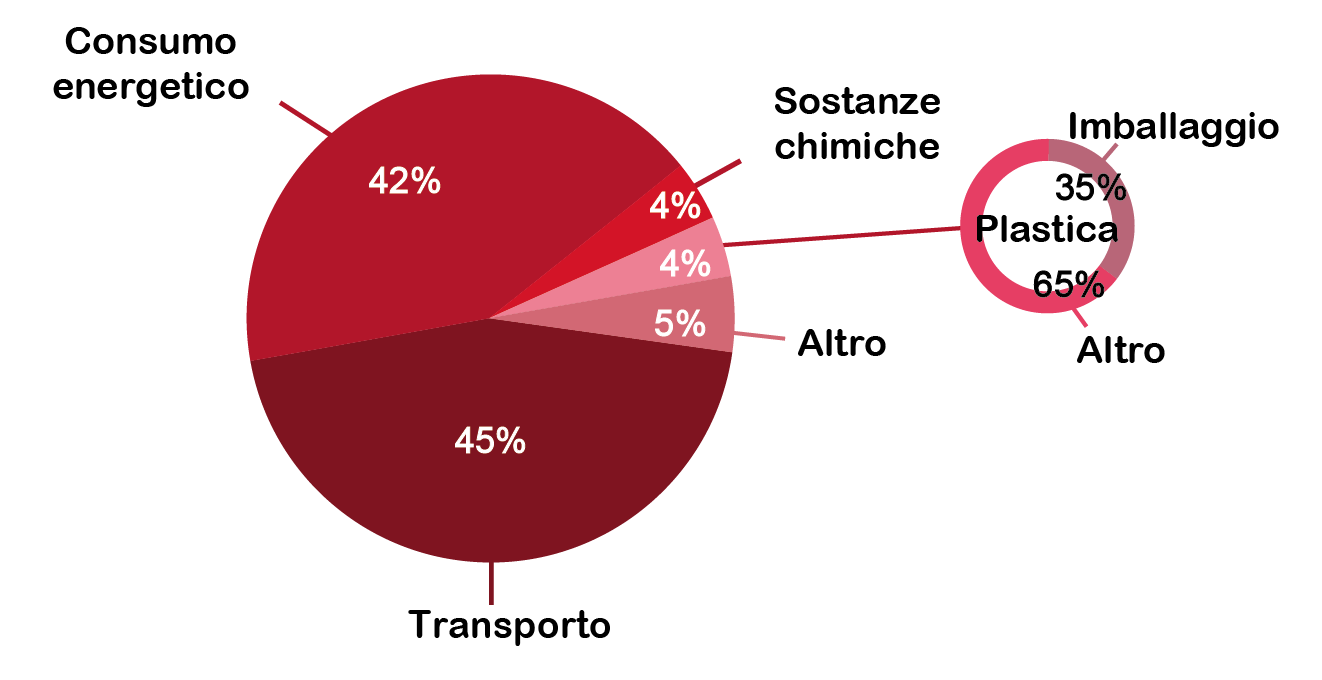Lies or truth

Plastic packaging ends up in landfills and does not degrade.
Less and less plastic ends up in landfills. In 2018, 29.1 million tonnes of plastic waste was collected in the EU28+NO/CH for treatment. Only 25% of it was sent to landfill that year. The remaining 75% was recycled or used for energy recovery.

Source: PlasticsEurope, Plastics – the Facts 2020
Paper, cotton, glass, and metal are greener than plastics.
Common plastics like PE, PP, and PET are the best choices according to multiple independent lifecycle analyses from all around the world. Replacing plastic leads to far more material used, more energy consumed, more waste, and more CO2. Because even though some CO2 is given off making plastics, overall they reduce carbon dioxide by 1. massively reducing food waste 2. massively reducing gasoline consumption of vehicles 3. reducing the use of coal, gas, and oil for heating through their thermal insulating properties. Studies that only look at the CO2 given off while making plastic are therefore very misleading. Lastly, it is important to note that plastic replacements like paper, metal, and glass give off vastly more CO2 when produced.
Source: Chris DeArmitt, “The Plastic Paradox – Facts for a brighter future“, Chapter One “The meaning of green”, pp. 23-49
Plastic lasts hundreds or thousands of years in the environment.
The first thing to say is that all organic materials degrade (namely everything based on carbon). Standard plastics degrade outdoors in a few years, or even sooner unless they are stabilized. But, if put in landfills, even food and paper don’t degrade because there’s not enough oxygen present.
Sources: Chris DeArmitt, “The Plastic Paradox – Facts for a better future”
Dr. William Rathje, “Rubbish!: The Archaeology of Garbage”
Plastic packaging pollutes the oceans and causes microplastics.
Ocean pollution is a structural problem and is not related to plastics. However, plastic entering the oceans comes from 10 rivers in Asia and Africa. That means that, if it is correctly recycled, plastics do not end up in the seas.
Furthermore, plastic packaging does not cause microplastics. The main sources are synthetic fabrics and the friction of the tyres on asphalt.
We should not get rid of plastics because they are usually the greenest option. Plastics are better for the environment than other materials, so replacing them would do more harm to the environment. Plus, no more plastics would mean no cars, no internet, no cell phones or computers, no medical devices, no electricity or water to our homes, and so on.
Plastic is responsible for litter and we should get rid of it because it is bad for the environment.
Whether the litter is paper, metal, glass, or plastic, the cause is human behavior and the solution is to change that behavior through education and regulation.
We should not get rid of plastics because they are usually the greenest option. Plastics are better for the environment than other materials, so replacing them would do more harm to the environment. Plus, no more plastics would mean no cars, no internet, no cell phones or computers, no medical devices, no electricity or water to our homes, and so on.
Plastic makes up the majority of packaging waste.
Plastic represents only 19% of waste in Europe (2019). The most used materials are paper and cardboard which represent 41% of the total packaging waste.

Source: Eurostat (env_waspac)
Most plastics come from petrochemicals, which means they consume too many fossil raw materials in their production.
Only 4% of the world’s fossil resources are used in the production of plastics and only 1.5% of the oil extracted in the world is used in the production of plastic packaging. However, in the long run, the vast majority of plastics will be produced from alternative feedstocks, such as recycled oils or secondary plastics, responsibly sourced biomass or even CO2.

Sources: British Plastic Federation – Oil Consumption
PlasticsEurope – Plastics – the Facts 2020